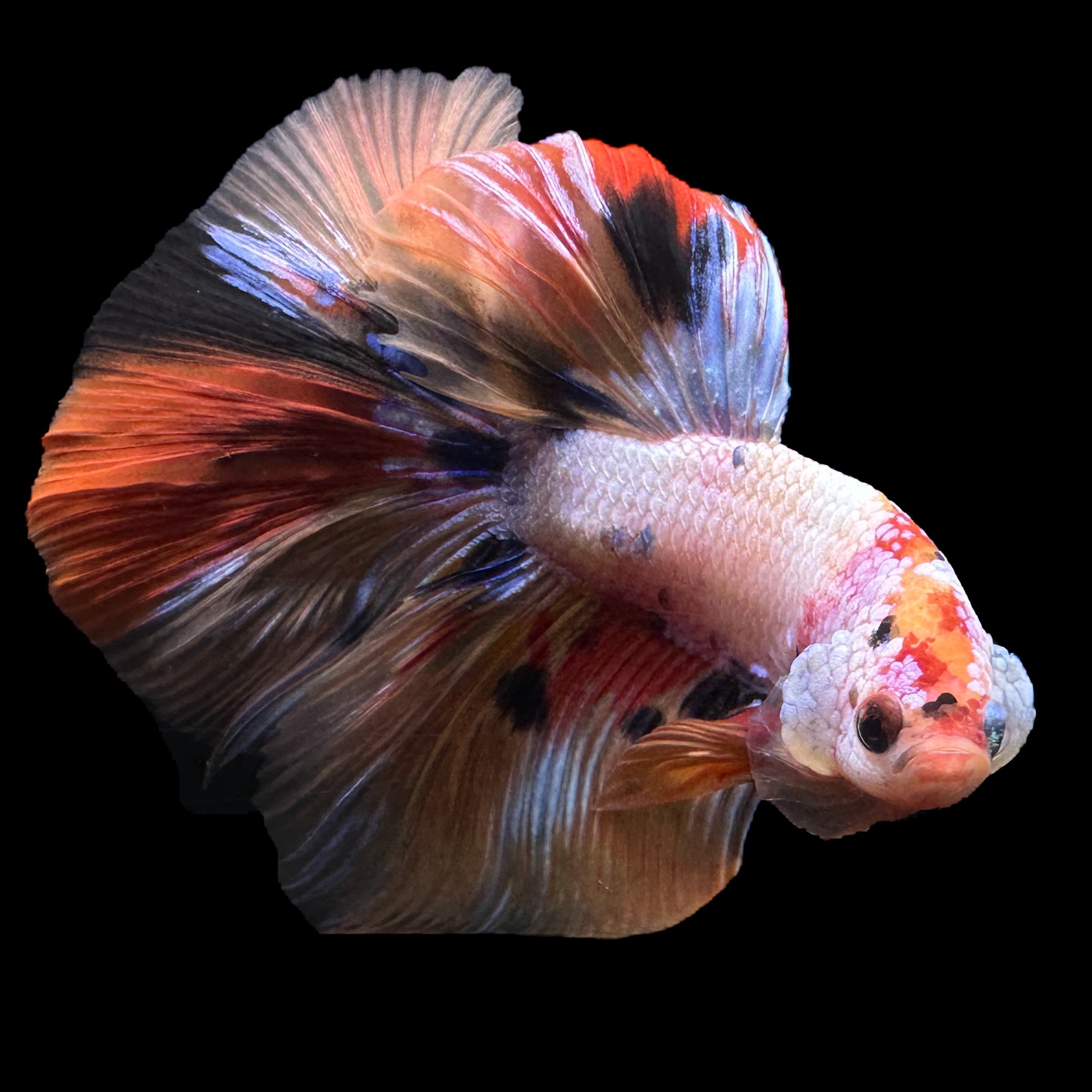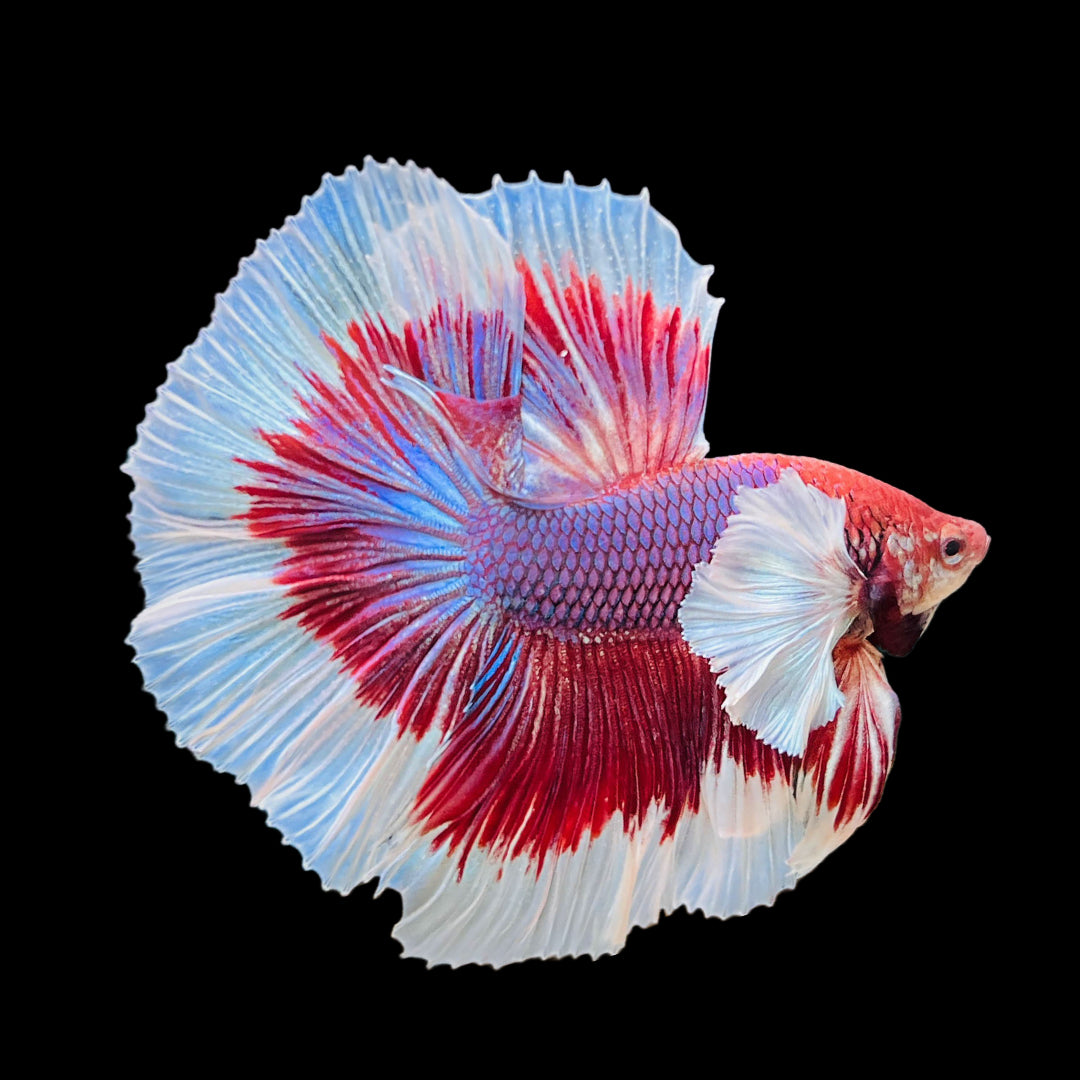Just how to Pick the Right Betta Fish for Your Aquarium
Just how to Pick the Right Betta Fish for Your Aquarium
Blog Article
Exactly How to Breed Betta Fish Effectively: Specialist Strategies and Insights for Hobbyists Aiming To Increase Their Betta Collection
Reproducing Betta fish needs a nuanced understanding of genes and environmental conditions, making it essential for enthusiasts to come close to the procedure with both diligence and care. Producing an ideal reproduction setting, selecting the appropriate pairs, and observing the intricacies of their courtship actions are foundational steps that can significantly affect the end result.
Understanding Betta Fish Genes
Comprehending the genes of Betta fish is important for effective reproduction, as it affects traits such as color, fin shape, and habits. Betta fish show a varied range of shades and patterns, greatly figured out by their genetic makeup. The primary genes accountable for coloration include the "B" genetics for blue, "D" genetics for red, and the "C" gene for color strength. Breeders can control these characteristics by choosing details moms and dad fish that exhibit preferred attributes.
Along with coloration, fin morphology is another considerable aspect of Betta genetics (betta fish). The form and dimension of fins are influenced by various genes, consisting of those that figure out whether the fins are brief, long, or veil-shaped. Comprehending these genetic variants assists dog breeders forecast the phenotypic outcomes of their children
In addition, behavioral qualities such as aggression and territoriality can likewise be affected by genetics. These behaviors play an important function in the breeding process, as they can affect generating success and the overall temperament of the resulting fry. By thoroughly recognizing these genetic principles, dog breeders can make informed decisions, eventually improving their reproduction programs and attaining preferable outcomes.
Preparing the Reproduction Atmosphere
Producing an ideal reproduction environment is important for the effective recreation of Betta fish. The initial step in preparing this setting is to choose a proper breeding container, preferably varying from 5 to 10 gallons.
Next, consider the use of a sponge filter or an air rock to give gentle water circulation without developing solid currents that can stress the fish. It is vital to install plants or breeding cones to offer hiding places and promote convenience for the lady throughout the spawning procedure. Drifting plants, such as Java moss or water sprite, can additionally produce a much more native environment while promoting bubble nest structure by the male.
Prior to introducing the reproducing pairs, ensure the water is conditioned and totally free from damaging chemicals, such as chlorine or hefty steels. betta fish. Routine water modifications should be carried out to maintain optimal water top quality, boosting the chances of successful reproduction. With these preparations in position, the reproducing atmosphere will certainly sustain the health and well-being of both Betta fish
Choosing Reproduction Pairs
Selecting the ideal breeding sets is essential for attaining successful Betta fish reproduction. When choosing your breeding sets, consider several key factors consisting of health and wellness, temperament, and genetics. Healthy Betta fish display dynamic shades, clear eyes, and active behavior. Choosing fish that are without condition makes sure a much better possibility of creating sensible children.
Personality is an additional essential consideration, as Betta fish are understood for their hostile nature. It is advisable to choose a male and woman that show suitable temperaments to lessen stress during the reproducing procedure. A calm male can urge a smoother courtship, while a female that is also hostile might disrupt the process.
Hereditary background additionally plays a significant duty in the top quality of the offspring. Reproducing fish that are genetically varied can decrease the threat of hereditary health and wellness concerns and boost the general vitality of the fry. It is advantageous to investigate the lineage of both the male and female, concentrating on preferable traits her comment is here such as fin type, color scheme, and size.
The Reproduction Process
The breeding process of Betta fish needs cautious planning and interest to information to make sure an effective result. It is vital to prepare an ideal reproduction tank, ideally a 5-10 gallon aquarium with a temperature level kept at 78-80 ° F. The tank should be equipped with a heater, filter (preferably sponge type to prevent strong currents), and plenty of aquatic plants for the female to conceal.
When the environment is established, present the picked breeding pair to the storage tank, allowing them to accommodate. Observe their behavior; the male will certainly show elaborate courtship rituals, consisting of flaring his fins and building a bubble nest. If the woman reveals interest, she will certainly display vertical red stripes indicating readiness for spawning.
When the woman visit this site is responsive, the pair will engage in a breeding accept, throughout which the male fertilizes the eggs. Preserving optimal water problems during this period is vital for the growth of healthy and balanced Betta fry.
Taking Care Of Betta Fry

Feeding Betta fry is vital, as they need a diet regimen high in healthy protein. They can be fed infusoria or fluid fry food, transitioning to finely crushed top notch pellets as they expand. Feed tiny sections several times a day to urge healthy and balanced development without straining the tank with uneaten food.

As they develop, monitor their development very closely and divide any type of hostile individuals to avoid harm. By giving a supporting atmosphere and correct nutrition, hobbyists can effectively raise Betta fry into lively, healthy and balanced fish, other eventually boosting their reproduction undertakings.
Conclusion
Effective Betta fish breeding needs careful attention to genetic option, ecological problems, and treatment for the fry. By recognizing the genes of Betta fish and preparing a proper breeding setting, hobbyists can improve the possibilities of creating vivid, healthy and balanced spawn.
Report this page